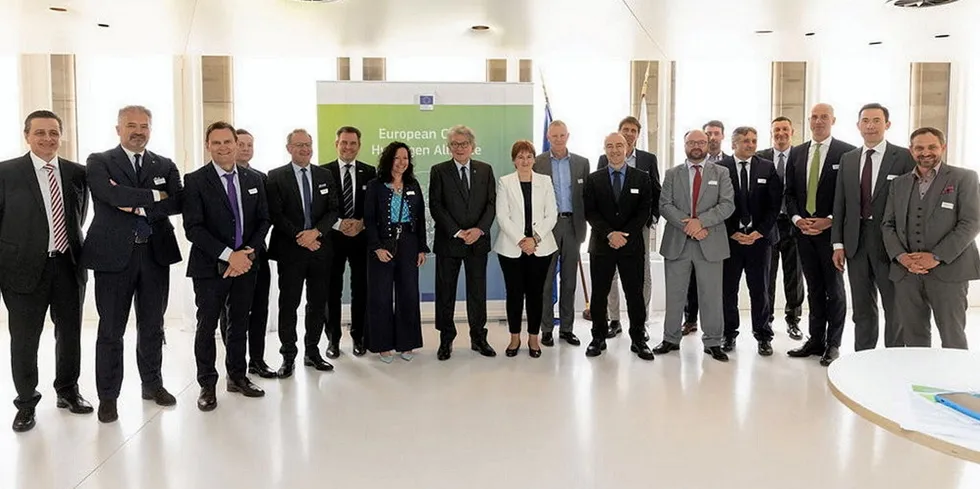EU backs green hydrogen subsidies as electrolyser firms vow to boost output tenfold by 2025
Twenty European manufacturers agree to increase combined annual capacity to 17.5GW after private Brussels meeting with EU commissioner

Twenty European manufacturers agree to increase combined annual capacity to 17.5GW after private Brussels meeting with EU commissioner
